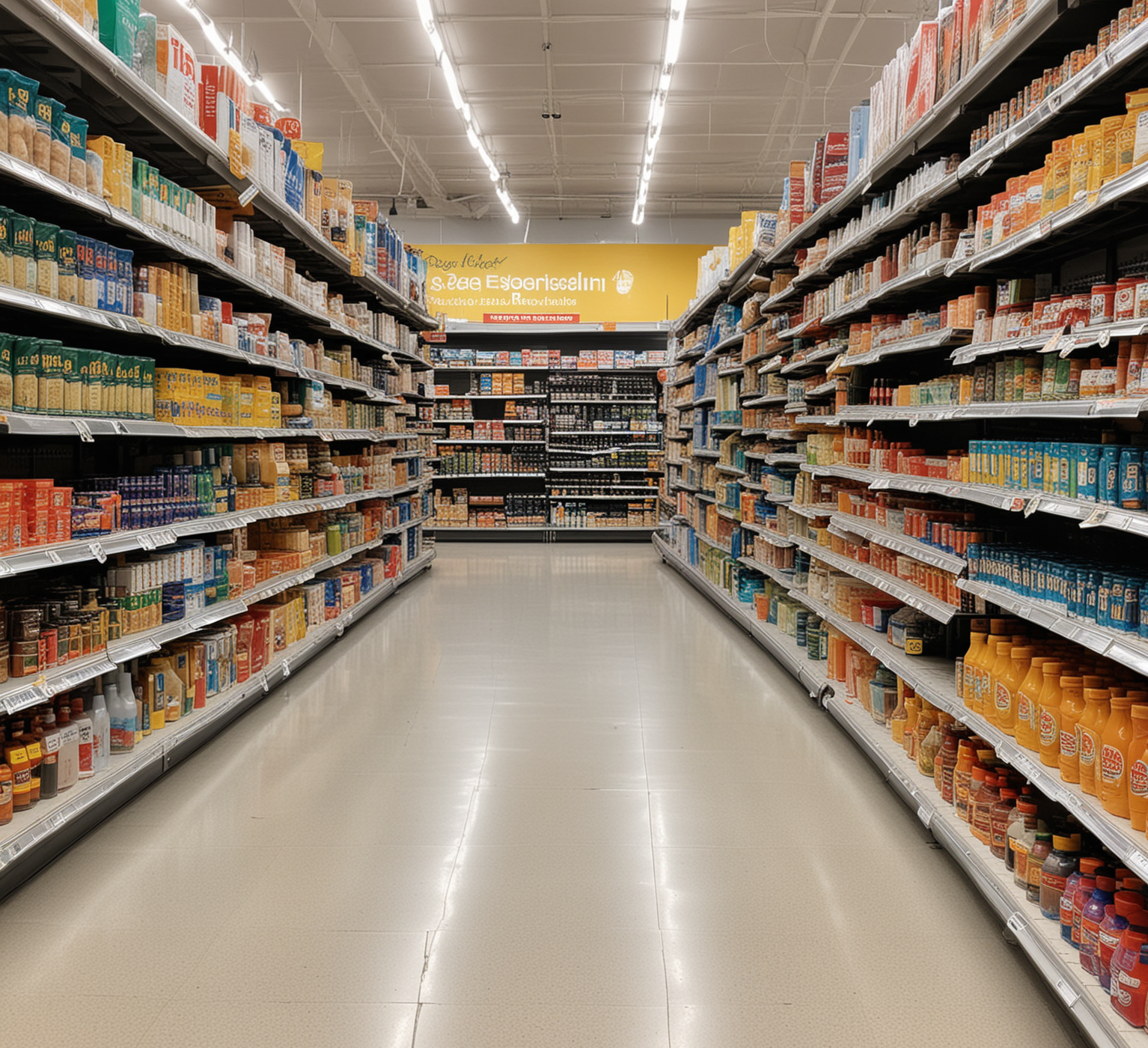In the realm of environmental pollutants, some substances stealthily infiltrate our daily lives, often evading the spotlight of public awareness. One such insidious chemical is 1,4-Dioxane, a compound that lurks in many household and industrial products, posing a significant threat to both human health and the environment.
What is 1,4-Dioxane?
1,4-Dioxane, chemically known as diethylene dioxide, is a clear synthetic industrial chemical with a faint pleasant odor primarily used as a solvent in various manufacturing processes. It belongs to a group of chemicals called dioxanes, characterized by their stable and cyclic structure. This stability, while advantageous for industrial applications, is precisely what makes them persistent and challenging to degrade in the environment.
Ubiquitous Presence
The omnipresence of 1,4-Dioxane in our surroundings is alarming. It can be found in numerous consumer products, including:
- Personal care items: Shampoos, shower gels, lotions, and cosmetics often contain 1,4-Dioxane as a contaminant, originating from ingredients like polyethylene glycols (PEGs) and sodium laureth sulfate (SLES).
- Cosmetics: It may be present in small amounts in cosmetics due to certain detergents, foaming agents, emulsifiers, and solvents used in their production. These can include ingredients identifiable by the prefix, word, or syllables “PEG,” “Polyethylene,” “Polyethylene glycol,” “Polyoxyethylene,” “-eth-,” or “-oxynol-.
- Household cleaners: Detergents, fabric softeners, and dishwashing liquids may harbor this chemical as a byproduct of manufacturing processes.
- Industrial applications: Its role as a solvent in various industries, such as pharmaceuticals, greases, varnishes, waxes, paints, paint strippers, and plastics, further amplifies its presence in the environment.

The Hidden Threat
Exposure to 1,4-Dioxane can occur through various means, including breathing contaminated air, ingestion of contaminated food and water, and dermal contact with products containing the chemical. The health effects of exposure to 1,4-Dioxane are concerning. Despite its prevalence, awareness about the dangers of 1,4-Dioxane remains limited. This chemical poses significant risks to human health and the ecosystem:
- Carcinogenicity: The International Agency for Research on Cancer (IARC) has classified 1,4-Dioxane as a Group 2B carcinogen, indicating its potential to cause cancer in humans. Prolonged exposure to elevated levels of this compound has been linked to liver and respiratory tract tumors in animal studies.
- Toxicity: Beyond its carcinogenic properties, 1,4-Dioxane exhibits acute toxicity, causing adverse effects on the liver, kidneys, and central nervous system. Inhalation or dermal exposure to high concentrations can lead to headaches, dizziness, and irritation of the eyes, nose, and throat.
- Environmental Persistence: Due to its stability and low volatility, 1,4-Dioxane can persist in the environment for extended periods, contaminating soil, groundwater, and surface water bodies. Its resistance to degradation processes exacerbates the challenge of remediation, posing long-term threats to ecosystems and biodiversity.
1,4-Dioxane Widespread in Long Island Drinking Water
1,4-Dioxane is an emerging contaminant of concern found in Long Island’s groundwater and drinking water. It is a Synthetic Organic Compound (SOC), which is never found in nature. According to CCE’s evaluation of public water suppliers across Long Island, Nassau and Suffolk water suppliers have reported the highest levels of 1,4-dioxane contamination in the nation. 1,4-Dioxane is listed as “likely to be carcinogenic to humans,” by the U.S. EPA. The chemical has been linked to tumors of the liver, kidneys, and nasal cavity. Our interactive map (below) shows the highest detections of 1,4-dioxane in each water district/distribution area across Long Island in 2017, which led to the passage of the NYS legislation limiting 1,4-dioxane in products and the NYS drinking water standard for this emerging contaminant.

Regulatory Landscape and Mitigation Efforts
Recognizing the hazards associated with 1,4-Dioxane, regulatory agencies worldwide have taken steps to monitor and mitigate its presence:
- Regulatory Limits: Authorities such as the Environmental Protection Agency (EPA) in the United States have established guidelines and maximum contaminant levels for 1,4-Dioxane in drinking water to safeguard public health.
- Product Labeling: Some jurisdictions mandate labeling requirements for products containing 1,4-Dioxane above certain thresholds, enabling consumers to make informed choices and avoid potential exposure.
- Alternative Formulations: Manufacturers are exploring alternative formulations and production processes to minimize or eliminate the use of 1,4-Dioxane in consumer products, thus reducing its environmental footprint.

New York Environmental Conservation Law – Articles 35 & 37
Effective December 31, 2022, New York amended exiting conservation articles to lower the maximum allowable concentration to 1parts per million (ppm), down from 2ppm.
In January 2024, CCE independently tested five laundry detergents that had high levels of the hidden carcinogen in 2019 and released a new report. The detections for all five were under the limits, which means the law is working and New Yorkers are now being exposed to less 1,4-dioxane. The law also led Proctor & Gamble to reduce 1,4-dioxane in all their products sold in North America.


California “Cleaning Products Right to Know Act” – SB 258
Signed into law in 2017, California’s “Cleaning Products Right to Know Act” requires the disclosure of ingredients used in home cleaning products (except fragrance and “Confidential Business Information”-related ingredients.
What Can We Do?
As consumers, we wield significant influence in shaping market demand and driving industry practices. By advocating for transparency, supporting sustainable products, and demanding stricter regulations, we can collectively combat the pervasive threat of 1,4-Dioxane and safeguard our health and environment for future generations.
Be Cautious of Ingredients
Look for ethoxylated ingredients is a good place to start. As the name suggests, ethoxylated ingredients are the intentional result of the ethoxylation process. In other words, if a product contains ethoxylated ingredients, it may also contain 1,4-Dioxane. These ingredients often include “eth” or “oxynol” in their names, such as Sodium Laureth Sulfate (SLES) and Polyethylene Glycol (PEG).
Ethoxylated ingredients that are commonly found in home products include:
- Sodium Laureth Sulfate (SLES)
- Potassium Laureth Sulfate
- Laureth-6 and Laureth-7
- C12-16 Pareth
- Polyethylene Glycol (PEG)
- Polysorbate-20, Polysorbate-60, and Polysorbate-80
Raise Awareness
Look for opportunities in your area to participate and take action in the cause of speaking up about the long term exposure dangers to our children and future generations.
The Citizens Campaign is hosting a clean water symposium in Long Island, New York. Please see the link below to learn more and register for the event.
Long Island Clean Water Symposium: Global Challenges and Local Solutions
In conclusion, while 1,4-Dioxane may remain hidden in the shadows of everyday products, its impact on human health and the environment cannot be ignored. By shedding light on this overlooked hazard and taking proactive measures to mitigate its risks, we can pave the way towards a safer and healthier world.




Your blog has quickly become my go-to source for reliable information and thought-provoking commentary. I’m constantly recommending it to friends and colleagues. Keep up the excellent work!